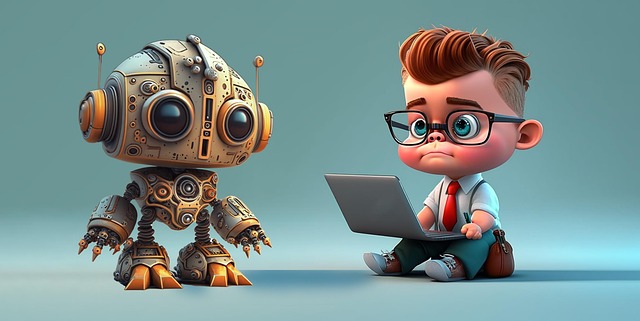# The Intersection of AI and Art: Exploring New Frontiers in Visual Expression and Innovation
The advent of artificial intelligence (AI) has sparked a revolution across numerous fields, and the realm of art is no exception. Artists and technologists alike are harnessing the power of AI to push the boundaries of creativity, leading to a profound transformation in how art is created, experienced, and understood. This article delves into the various ways AI is reshaping the artistic landscape, examining the implications for artists, audiences, and the future of visual expression.
## AI as a Collaborative Tool for Artists
One of the most intriguing aspects of AI in art is its role as a collaborative partner for artists. Rather than replacing human creativity, AI systems are designed to augment it. For instance, generative adversarial networks (GANs) enable artists to create unique visual pieces by training algorithms on vast datasets of existing artworks. The result is a synthesis of styles, techniques, and motifs that can inspire new directions in an artist’s work. By engaging with AI, artists can explore uncharted territories of visual expression that were previously unimaginable.
Moreover, AI tools like DeepArt and Runway ML empower artists to experiment with their creative processes. These platforms allow users to apply various artistic styles to their images, effectively blending the traditional with the contemporary. As artists embrace these technologies, they are not only enhancing their creative capabilities but also redefining the very nature of authorship. The question of who is the “creator” becomes more complex, as AI-generated pieces challenge conventional notions of originality and ownership.
## Redefining Artistic Experience and Engagement
In addition to transforming creation, AI is revolutionizing how audiences engage with art. Interactive installations powered by AI invite viewers to become active participants in the artistic experience. For instance, projects like “The Obliteration Room” by Yayoi Kusama utilize AI to respond to audience interactions, creating a dynamic environment that evolves based on viewer input. Such experiences blur the lines between artist, artwork, and audience, fostering a deeper connection and encouraging exploration.
Furthermore, AI-driven tools like Google Arts & Culture provide users with personalized art recommendations based on their preferences, facilitating a more tailored exploration of art history and contemporary works. This democratization of access to art allows individuals from diverse backgrounds to discover and appreciate a wider range of artistic expressions, thus enriching the cultural landscape. As AI continues to evolve, it will likely lead to even more innovative ways for audiences to interact with and experience art.
## Ethical Considerations and Future Implications
The integration of AI into the art world raises important ethical questions that warrant careful consideration. Issues surrounding copyright, authenticity, and the potential for bias in AI-generated works are at the forefront of discussions among artists, curators, and technologists. For example, when an AI creates an artwork based on existing styles, who owns the rights to the resulting piece? Additionally, if AI systems are trained on biased datasets, the artworks they produce may inadvertently perpetuate stereotypes or exclude marginalized voices.
As the technology continues to develop, addressing these ethical dilemmas will be crucial for ensuring that AI serves as a force for good in the art world. Artists, technologists, and policymakers must collaborate to establish guidelines that protect the rights of creators while fostering innovation. By doing so, they can help create an environment where AI enhances artistic expression without compromising ethical standards.
## Conclusion: A New Era of Artistic Innovation
The intersection of AI and art represents an exciting frontier in visual expression and innovation. As artists embrace AI as a tool for collaboration, audiences engage with art in new and immersive ways, and ethical considerations shape the discourse surrounding these developments, the future of art is poised for transformation. The potential for AI to inspire new forms of creativity and engagement is limitless, and as we navigate this evolving landscape, it is essential to remain open to the possibilities that lie ahead.
In conclusion, the fusion of AI and art is not merely a trend; it signifies a paradigm shift that challenges traditional notions of creativity, authorship, and audience engagement. By embracing these advancements while remaining vigilant about ethical implications, we can forge a new path for artistic innovation that honors the rich tapestry of human expression while harnessing the power of technology. As we continue to explore this intersection, the artistic community will undoubtedly uncover new dimensions of creativity that inspire and captivate future generations.

